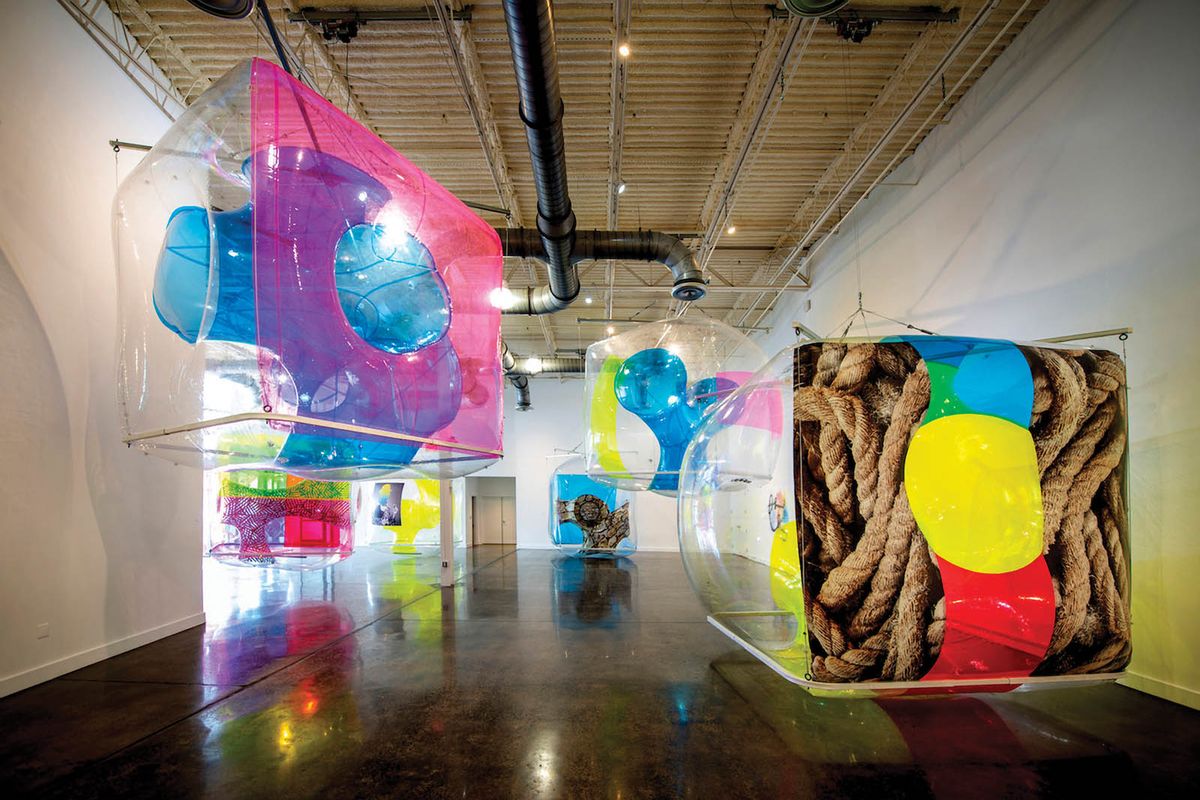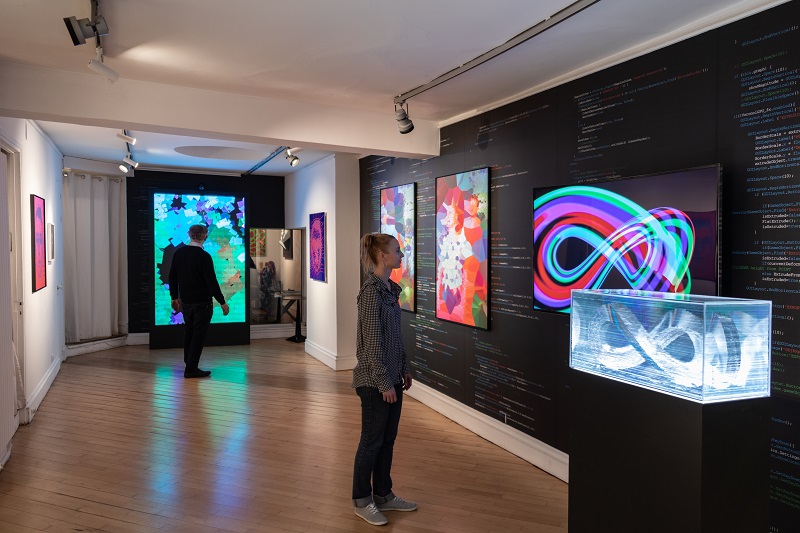The NFT space appears to be on a rebound in 2023. Many investors and collectors are coming in and prices are going up as demand increases. In that context, creating NFT art can be highly lucrative and interesting for artists who can explore many new creative spaces and link with a global community of art enthusiasts.
There is a lot that comes with transforming artworks into NFTs. NTF art is described as digital art mainly sold as nonfungible tokens. This offers a strategy to validate and confirm the owner of the artwork using blockchain technology. Physical art can be changed into NFT art by developing a digital version of the artwork.
Nonfungible tokens have set up a new market for digital art and they give artists a new way to monetize their work in a manner that was impossible or difficult in the past. NFTs offer a transparent and secure method to represent digital creations.
While cryptos and NFTs are intertwined, they come with different rules, and nonfungible tokens have gained distinct importance in the crypto sector. As an NFT enthusiast, you might wonder whether you can turn art or photos into NFTs.
NFTs are described as distinct digital tokens stored on a blockchain, a secure and decentralized ledger that mainly tracks transactions and ownership. Contrary to cryptos like Ethereum, which are fungible and can be exchanged for one another, nonfungible tokens are not fungible and they represent a particular asset or content piece.
Notably, NFTs are highly popular in the art world since they offer a means to validate and authenticate ownership of music, digital art, and many other creative works. When somebody buys a nonfungible token, they get a distinct digital token to help prove ownership of a particular content.
Although NFTs are bought and sold on NFT marketplaces using cryptos, they are not restricted to the art world. They can represent any form of unique digital asset.
Related: “SHIP” is the First-Ever “NFT Art Film” that Combines NFT Art and Entertainment
Crypto Art Overview
Crypto art is digital art or blockchain art. It refers to artwork that is developed, distributed, and sold using blockchain technology and cryptos like Ethereum and Litecoin. It is a type of digital art verified using blockchain. Thus, it guarantees the artwork is distinct and can never get forged or replicated.
This art comes in many forms, which include animations, digital paintings, videos, and virtual reality (VR) experiences. It is mostly developed using software like Blender or Adobe Photoshop and can get displayed on projectors, digital screens, and NFT-enabled digital frames.
A unique aspect of crypto art is the ability of artists to monetize their work with trendy and innovative strategies. By selling artwork like NFTs, artists can get royalties every time their work gets resold, which is impossible in the traditional art world.
Moreover, crypto art has opened up new audiences and markets for artists, since it can be sold and displayed globally via digital channels.
Changing Art Into NFTs
Changing art into nonfungible tokens involves multiple steps, but this process is not majorly expensive or complex. The primary process features selecting an art field, developing the artwork, coming up with a distinct idea, and minting the NFT on a blockchain. With the ideal tools and creativity, anybody can develop and sell their NFT artwork.
- Select your art field – first, you need to select an art field that suits your creative skills, like 3D modeling, graphic design, or animation. NFTs can represent different digital items, such as songs, GIFs, images, and videos, hence it is crucial to consider what kind of digital asset you want to set up.
- Create your artwork – after selecting an art field, you will have to develop your artwork using suitable software tools. For instance, as a graphic artist, you can use tools like Photoshop or Adobe Illustrator to create artwork. On the other hand, you can test with 3D modeling software like Cinema 4D or Blender in case you wish to create animated graphics or characters that may be changed into NFTs.
- Develop a distinct NFT idea – come up with a unique idea for your nonfungible token. That might be one artwork or an entire collection, but it needs to be something of great value and is potentially going to be of interest to the collectors.
- Mint the NFT – after settling on an idea, you have to change your artwork into a nonfungible token. This consists of minting the NFT on a blockchain network such as Ethereum, which includes registering the artwork on the blockchain and developing a digital token that represents the ownership of the artwork. After the NFT is developed, you may list it on a nonfungible token marketplace for sale to different collectors.
Related: The NFT Art Agency Explains Digital Creativity and More
Advantages Of Selling NFT Art
Selling NFT art comes with many advantages. First, the artist maintains ownership and control of the original artwork, even once they sell it. It means that they may continue to benefit from it and set the terms of its use.
Secondly, nonfungible tokens offer a method to validate the legitimacy and ownership of digital art, which can be challenging to do in the digital space. In most cases, the artist earns royalties each time the NFT gets resold, offering a possible source of continuous income.
NFTs also let artists sell their work on a global scale without involving any intermediaries or traditional art market operators. This opens up new ways for content creators and artists to link with the buyers and create their customized brands.
Ultimately, NFTs offer artists the freedom to test new types of digital art and develop customized, unique works that can be readily sold as NFTs. Creative freedom can result in innovative and groundbreaking new kinds of art.
The Takeaway
Analysts believe that the creation of NFT art could be lucrative and exciting for artists who are served with ways of exploring new opportunities. Through NFT art, artists can interact with global communities of art enthusiasts as such arts have gained relevance in the digital age. Hence, artists benefit from a new way of monetizing their work and linking with other creators and audiences globally.
NFTs provide a level of security and transparency that the traditional art marketplace may not have, resulting in new opportunities for emerging and established artists to thrive.










